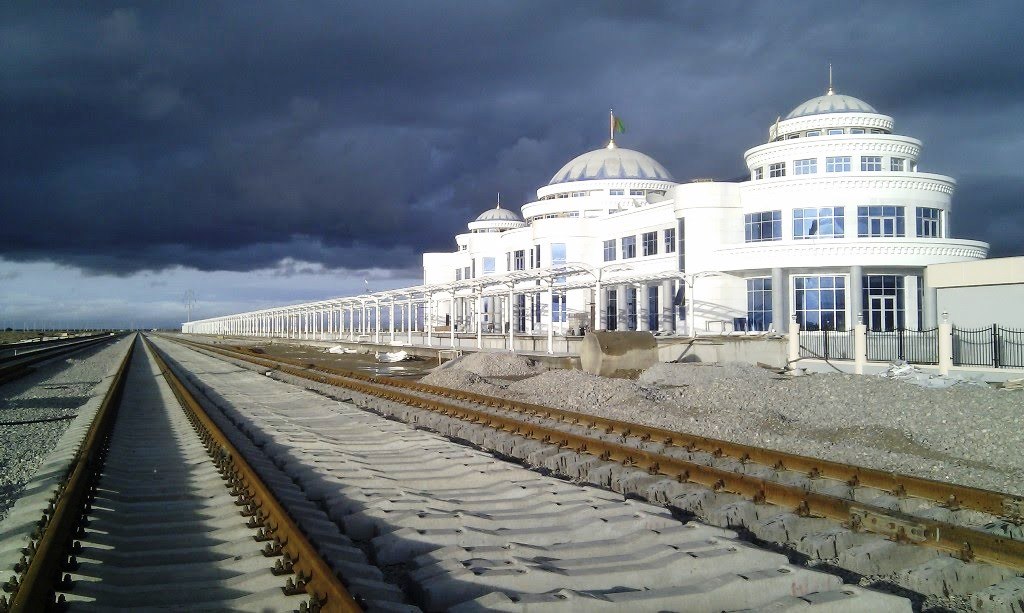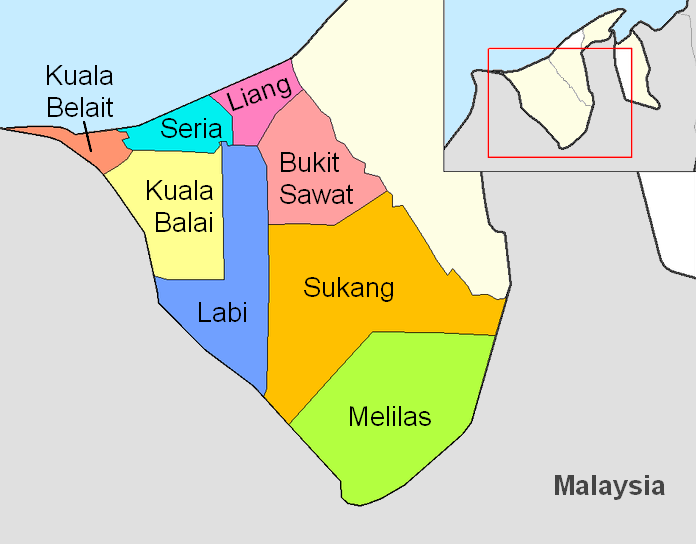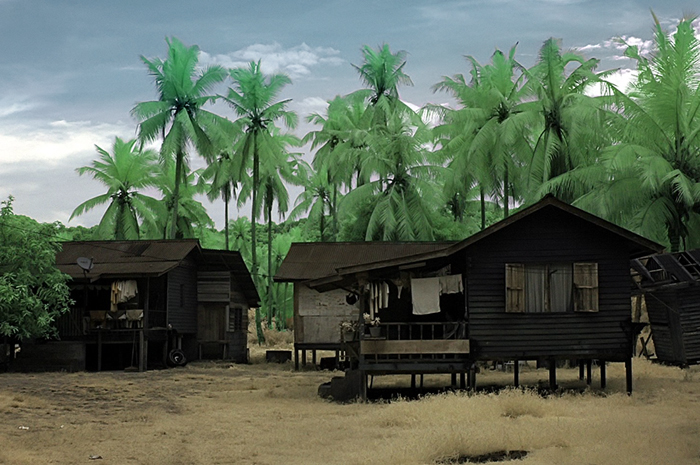|
Kota Baharu, Perak
Kota Bharu is a small town in Kampar District, Perak, Malaysia. It is a very small railway town with a police station, a community clinic and a shop, plus a few abandoned shophouses. It is approximately 7 kilometers away from the largest town of Mukim Teja, Gopeng. There is only one known single road connecting Kota Bharu to Gopeng. The Perak Matriculation College and the SBPI Gopeng are located between these two settlements. Kota Bharu is the birthplace of cartoonist Lat (Mohammad Nor Khalid) and politician Burhanuddin al-Helmy Dato’ Seri Dr. Burhanuddin bin Muhammad Nur al-Hilmi ( Jawi: برهان الدين بن محمد نور الحلمي; 29 August 1911 – 25 October 1969), commonly known as Burhanuddin al-Helmy, was a Malaysian politician. He was President o .... References Populated places in Perak {{Perak-geo-stub ... [...More Info...] [...Related Items...] OR: [Wikipedia] [Google] [Baidu] |
Kampar District
The Kampar District (Kinta South) is a district in Perak, Malaysia. It was a district on 21 May 2009 after the Sultan of Perak declared Kampar the state's 10th district, which is the smaller district in the state. Its local government is Kampar District Council based in the town of Kampar. Historically, Kampar District was once famous for its tin, being one of the major tin producers in the 18th century. In the 19th century, Kinta district was famous for its tin. It was the number one tin producing valley in the world. Administrative divisions Kampar District is divided into 2 mukims, which are: * Kampar * Teja Demographics The following is based on Department of Statistics Malaysia 2010 census. Federal Parliament and State Assembly Seats Kampar district is divided between two parliamentary seats with some areas of the district in Gopeng constituency and the rest of the district into Kampar constituency. List of Kampar district representatives in the Federal Parliam ... [...More Info...] [...Related Items...] OR: [Wikipedia] [Google] [Baidu] |
Perak
Perak () is a state of Malaysia on the west coast of the Malay Peninsula. Perak has land borders with the Malaysian states of Kedah to the north, Penang to the northwest, Kelantan and Pahang to the east, and Selangor to the south. Thailand's Yala and Narathiwat provinces both lie to the northeast. Perak's capital city, Ipoh, was known historically for its tin-mining activities until the price of the metal dropped, severely affecting the state's economy. The royal capital remains Kuala Kangsar, where the palace of the Sultan of Perak is located. As of 2018, the state's population was 2,500,000. Perak has diverse tropical rainforests and an equatorial climate. The state's mountain ranges belong to the Titiwangsa Range, which is part of the larger Tenasserim Range connecting Thailand, Myanmar and Malaysia. Perak's Mount Korbu is the highest point of the range. The discovery of an ancient skeleton in Perak supplied missing information on the migration of ''Homo sapiens'' from ... [...More Info...] [...Related Items...] OR: [Wikipedia] [Google] [Baidu] |
Malaysia
Malaysia ( ; ) is a country in Southeast Asia. The federation, federal constitutional monarchy consists of States and federal territories of Malaysia, thirteen states and three federal territories, separated by the South China Sea into two regions: Peninsular Malaysia and Borneo's East Malaysia. Peninsular Malaysia shares a land and maritime Malaysia–Thailand border, border with Thailand and Maritime boundary, maritime borders with Singapore, Vietnam, and Indonesia. East Malaysia shares land and maritime borders with Brunei and Indonesia, and a maritime border with the Philippines and Vietnam. Kuala Lumpur is the national capital, the country's largest city, and the seat of the Parliament of Malaysia, legislative branch of the Government of Malaysia, federal government. The nearby Planned community#Planned capitals, planned capital of Putrajaya is the administrative capital, which represents the seat of both the Government of Malaysia#Executive, executive branch (the Cabine ... [...More Info...] [...Related Items...] OR: [Wikipedia] [Google] [Baidu] |
Railway Town
A railway town, or railroad town, is a settlement that originated or was greatly developed because of a railway station or junction at its site. North America During the construction of the First transcontinental railroad in the 1860s, temporary, "Hell on wheels" towns, made mostly of canvas tents, accompanied the Union Pacific Railroad as construction headed west. Most faded away but some became permanent settlements. In the 1870s successive boomtowns sprung up in Kansas, each prospering for a year or two as a railhead, and withering when the rail line extended further west and created a new endpoint for the Chisholm Trail. Becoming rail hubs made Chicago and Los Angeles grow from small towns to large cities. Sayre, Pennsylvania and Atlanta, Georgia were among the American company towns created by railroads in places where no settlement already existed. In western Canada, railway towns became associated with brothels and prostitution, and concerned railway companies started ... [...More Info...] [...Related Items...] OR: [Wikipedia] [Google] [Baidu] |
Shophouse
A shophouse is a building type serving both as a residence and a commercial business. It is defined in dictionary as a building type found in Southeast Asia that is "a shop opening on to the pavement and also used as the owner's residence", and became a commonly used term since the 1950s. Variations of the shophouse may also be found in other parts of the world; in Southern China, Hong Kong, and Macau, it is found in a building type known as ''Tong lau'', and in towns and cities in Sri Lanka. They stand in a terraced house configuration, often fronted with arcades or colonnades, which present a unique townscape in Southeast Asia, Sri Lanka, and South China. Design and features * Site and plan: Shophouses were a convenient design for urban settlers, providing both a residence and small business venue. Shophouses were often designed to be narrow and deep so that many businesses can be accommodated along a street. Each building's footprint was narrow in width and long in dept ... [...More Info...] [...Related Items...] OR: [Wikipedia] [Google] [Baidu] |
Mukim Teja
A mukim is a type of administrative division used in Brunei, Indonesia, Malaysia and Singapore. The word ''mukim'' is a loanword in English. However, it was also originally a loanword in Malay from the Arabic word: (meaning ''resident''). The closest English translation for mukim is township. Usage Brunei In Brunei, a mukim is the immediate subdivision of a district (). The equivalent English word for 'mukim' is 'township'. There are 38 mukims in Brunei. Each mukim is an administrative area made up of several (Malay for "village"). A mukim is headed by a (Malay for "headman"), which is an elected office. The number of mukims in each of the districts in Brunei is as follows: The smallest mukim by area is Mukim Saba in the Brunei-Muara District. The largest mukim by area is Mukim Sukang in the Belait District. The last change in the mukim boundaries was in the late 1990s when Mukim Kumbang Pasang was merged into Mukim Kianggeh and Mukim Berakas was divided into Muki ... [...More Info...] [...Related Items...] OR: [Wikipedia] [Google] [Baidu] |
Gopeng
Gopeng is a town located in Mukim Teja, Kampar District, Perak, Malaysia. It is situated approximately south of Ipoh, the state capital. History Gopeng was the most important town in the Kinta Valley until 1890, when Ipoh became more prominent. Gopeng was intensively mined by both European and Chinese miners, the latter having significant Hakka representation under Chung Keng Kwee, the leader of the Hai San secret society during the Larut War. He was appointed as the Kapitan Cina after the Pangkor Treaty, and although his main homes were in Taiping and Penang, he maintained his foothold in Gopeng, securing contracts for street lighting there in 1892 as well as building quarters for civil servants thereafter. For the first few decades after British intervention, Gopeng was run by a tripartite; the Europeans, the Chinese led by the Eu family, and the Sumatrans by the Assistant Penghulu Imam Prang Ja Barumun. Gopeng is also one of the first places where large numbers of Orang As ... [...More Info...] [...Related Items...] OR: [Wikipedia] [Google] [Baidu] |
Lat (cartoonist)
Datuk Mohammad Nor bin Mohammad Khalid ( ms, محمد نور بن محمد خالد, label= Jawi, script=arab, italic=unset; born 5 March 1951), more commonly known as Lat, is a Malaysian cartoonist. Winner of the Fukuoka Asian Culture Prize in 2002, Lat has published more than 20 volumes of cartoons since he was 13 years old. His works mostly illustrate Malaysia's social and political scenes, portraying them in a comedic light without bias. Lat's best known work is '' The Kampung Boy'' (1979), which has been published in several countries across the world. In 1994, the Sultan of Perak bestowed the honorific title of ''datuk'' on Lat, in recognition of the cartoonist's work in helping to promote social harmony and understanding through his cartoons. Lat also works for the government to improve the city's social security. Born in a village, Lat spent his youth in the countryside before moving to the city at the age of 11. While in school, he supplemented his fami ... [...More Info...] [...Related Items...] OR: [Wikipedia] [Google] [Baidu] |
Burhanuddin Al-Helmy
Dato’ Seri Dr. Burhanuddin bin Muhammad Nur al-Hilmi ( Jawi: برهان الدين بن محمد نور الحلمي; 29 August 1911 – 25 October 1969), commonly known as Burhanuddin al-Helmy, was a Malaysian politician. He was President of the Malaysian Islamic Party (PAS) from 1956 to his death in October 1969. Early and personal life Burhanuddin was born in Kota Bharu, Perak in 1911. His father, Muhammad Nur came from Batu Sangkar, West Sumatra, Indonesia and he studied at India's Aligarh Muslim University. After his return from India, he taught Arabic at Madrasah Aljunied Al-Islamiah, Aljunied, Singapore. During his time in Singapore, he was arrested by the British, but was bailed out after one night by a member of the Alsagoff family. Post-war activism After World War II, Burhanuddin set up the Malay Nationalist Party. The party advocated Malay rights and proposed a "political union" with Indonesia. PAS Presidency Burhanuddin assumed the presidency of PAS in 1956 ... [...More Info...] [...Related Items...] OR: [Wikipedia] [Google] [Baidu] |



